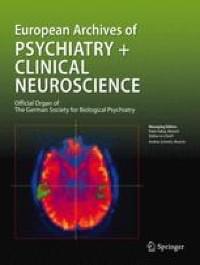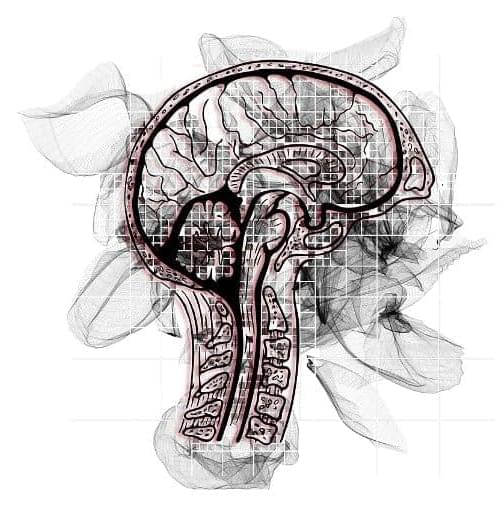Sep 2, 2022
A pharmaceutical jack of all trades? Novo CEO touts semaglutide’s potential in NASH, Alzheimer’s and its hot start in obesity
Posted by Kelvin Dafiaghor in categories: biotech/medical, neuroscience
Novo Nordisk’s recent growth renaissance has arrived thanks in no small part to semaglutide—the GLP-1 molecule behind the company’s leading marketed trio of Ozempic, Rybelsus and Wegovy.
These days, much of the semaglutide hype surrounds Ozempic’s domination in diabetes, plus Wegovy’s potential to stir the slumbering giant that is the global obesity market. But even as the molecule’s metabolic empire prospers, Novo Nordisk isn’t letting its GLP-1 stay in its comfort zone. Novo is also pitting the drug against a pair of elusive targets: nonalcoholic steatohepatitis (NASH) and Alzheimer’s disease.
And while CEO Lars Fruergaard Jørgensen is quick to admit the company’s ambitions in these new diseases are among Novo’s “most risky” R&D endeavors, the payoff for patients could be “tremendous,” he said during a recent interview at Novo Nordisk’s headquarters in Plainsboro, New Jersey.


















